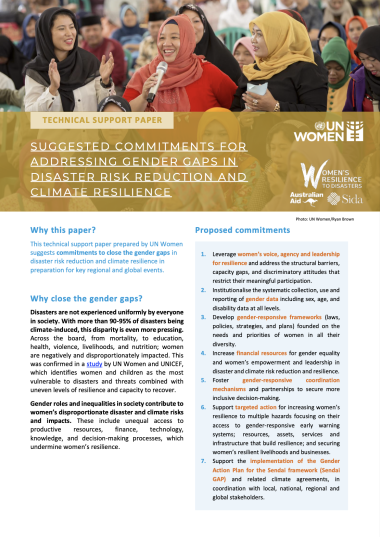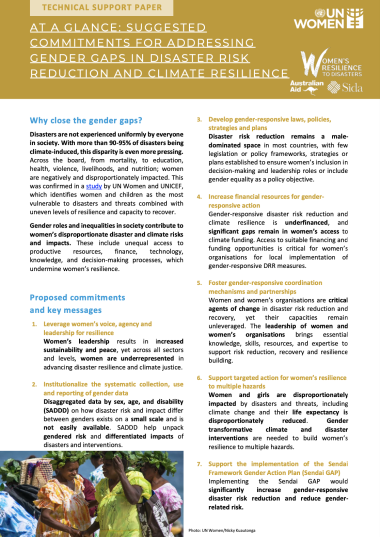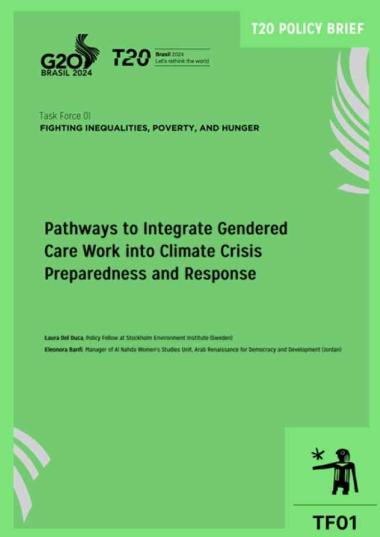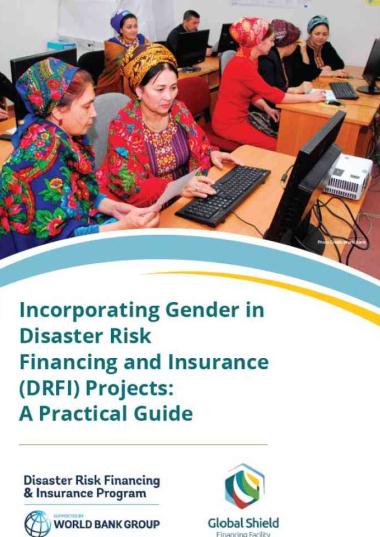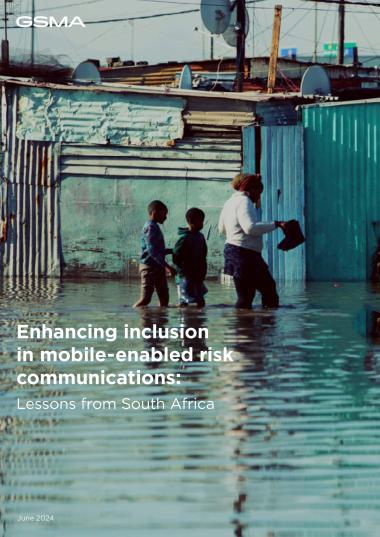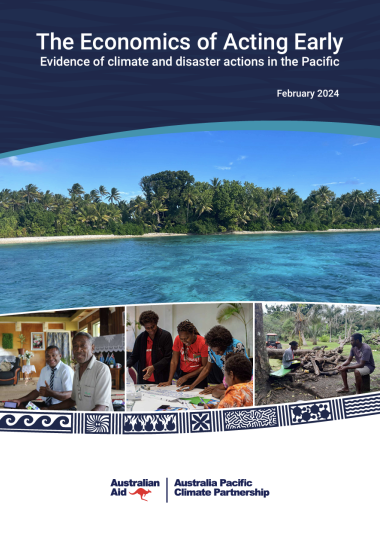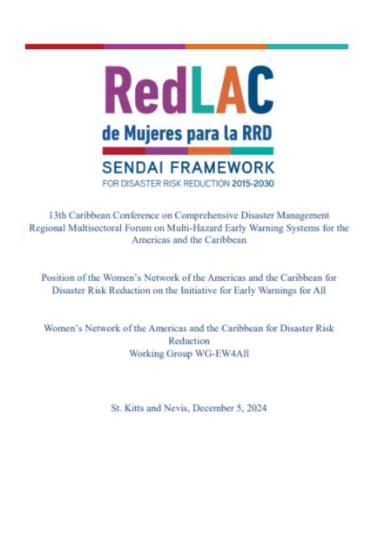
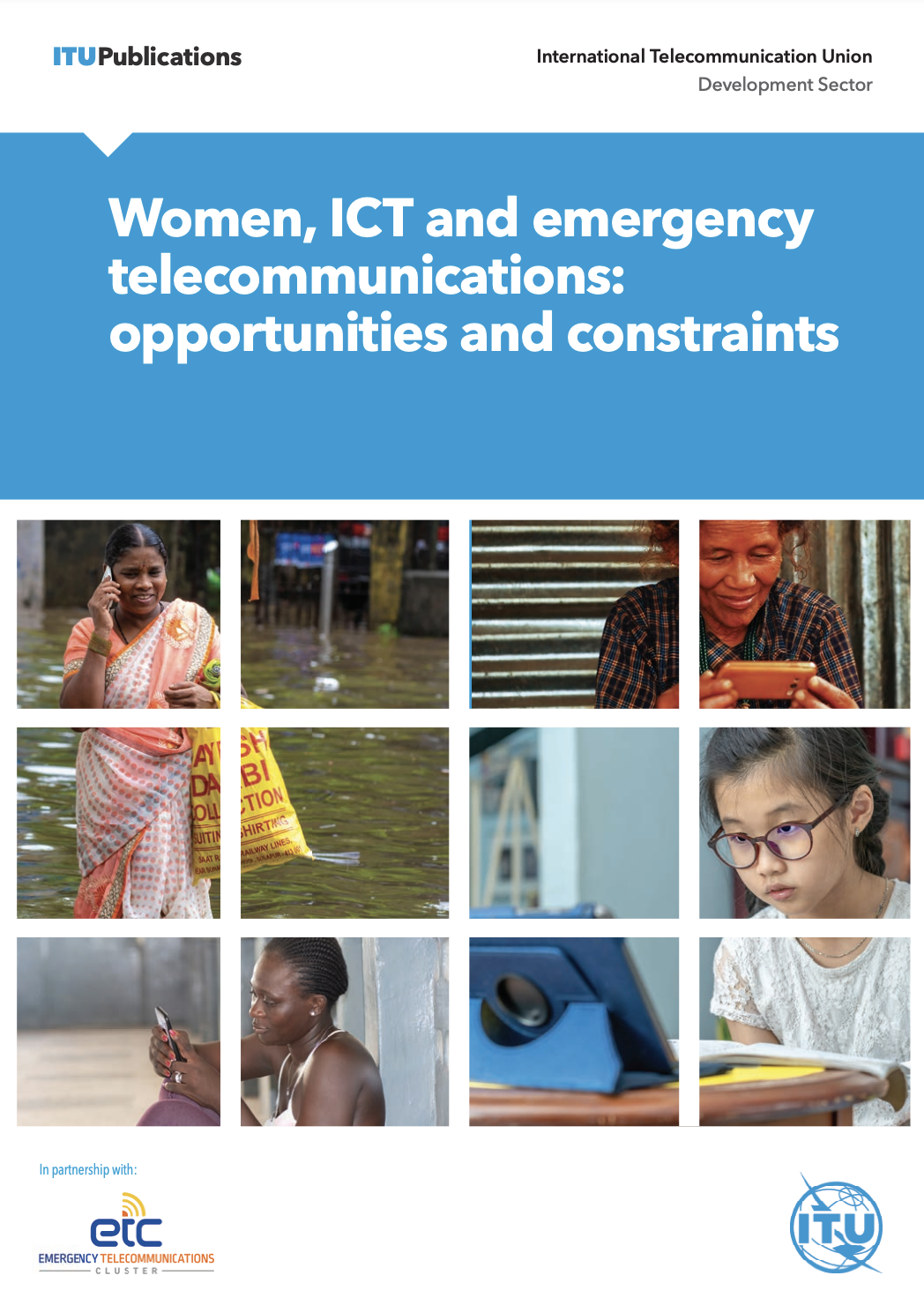
The joint report on Women, ICT and emergency telecommunications: opportunities and constraints, prepared by the International Telecommunication Union (ITU) and the Emergency Telecommunications Cluster (ETC), was launched at the High-level Dialogue: Women and emergency telecommunications: ensuring gender equality in building disaster resilience, which took place on 6 August 2020, 13:00–14:00 CEST (UTC+02:00), Thursday.
In the wake of a disaster, women are more vulnerable and more likely to die than men. The COVID-19 pandemic has devastating social and economic consequences for women and girls because they comprise an estimated 70% of healthcare workers, are over-represented in the informal economy, and take on most domestic work — three areas that compound pre-existing inequality.
At the same time, women are critical partners in building disaster resilience. Women's perspectives and experiences, as well as their ability to organize, lobby and inform, can dramatically advance the disaster risk management agenda, however a range of existing barriers limit their ability to protect themselves and to participate in disaster decision making throughout the phases of the disaster management cycle.
A woman's ability to access accurate information not only has a direct impact on her own survival and disaster resilience, but also on that of the wider community. There is a need of innovative and culturally sensitive approaches to help more women and girls empower themselves through digital technologies.
This report indicates that the digital gender divide is blocking women from becoming equal stakeholders in society, putting entire communities at greater risk during emergencies. It also highlights the importance of advancing gender equality in disaster risk management, and leveraging context-appropriate information and communication technologies (ICTs) which are critical to deliver essential information to the most vulnerable of communities in a timely manner, before, during and after disasters strike. The report also shows that access to these technologies has a major impact on women's ability to prepare for, survive and recover from disasters. It addresses good practices on how to enable women to have inclusive access to, and use of ICTs, and shows a way forward to reduce gendered disaster vulnerability as well as the gendered digital divide.
By examining the impact of ICT for men and women in the same places and with the same infrastructure, the report asserts that solutions can be geared towards protecting the most vulnerable. It recommends culturally sensitive inclusion of women in all aspects of ICT development and disaster risk reduction.
This report indicates how closing the gender digital divide can save lives in emergencies including pandemics.
